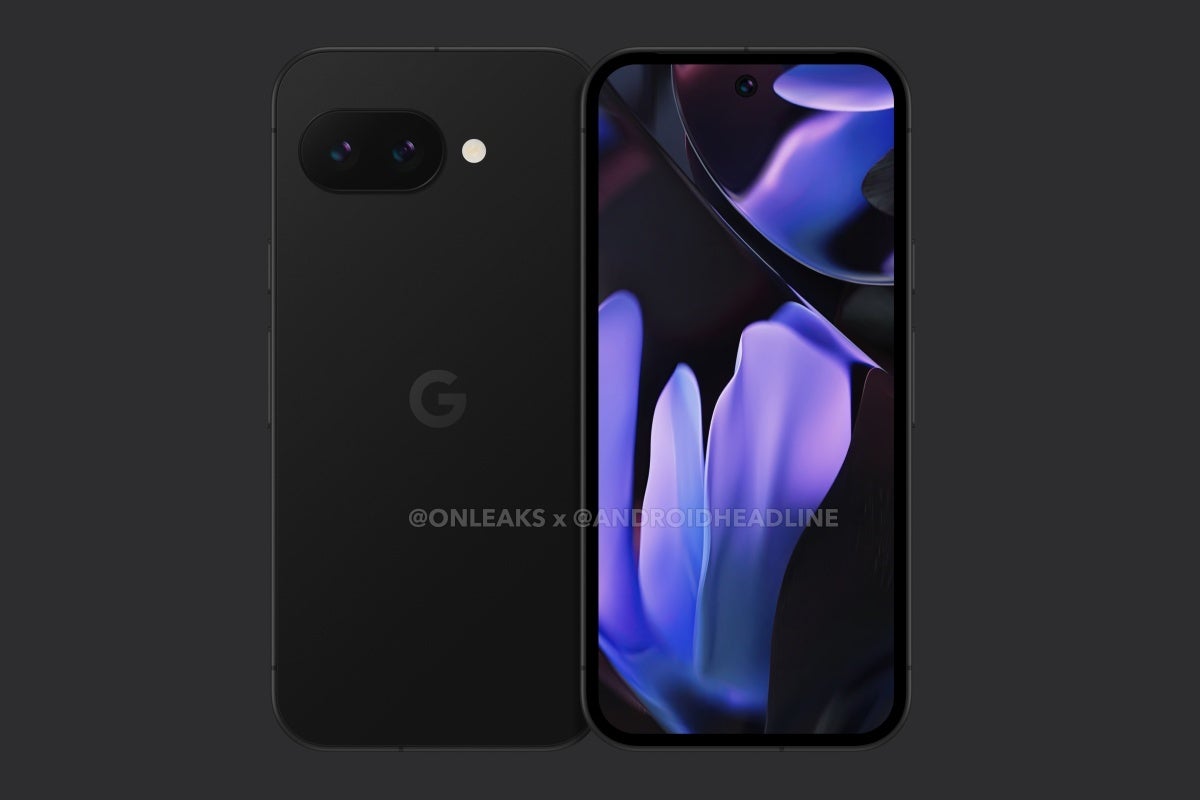Time to save these two dates!

Leaked in all its glory a few times in the past, the Pixel 9a finally has a release date attached to its name.
If Android Headlines is right and the Pixel 9a kicks off its pre-orders on March 19, I presume that’s also when Google plans to announce the phone ahead of its actual March 26 release. None of this is technically set in stone just yet, mind you, but a number of sources have alluded in the past to a mid-March launch, lending further weight and credibility to the latest and most precise availability report to date.
New design, new battery, same old price
- 6.3-inch OLED display with 2424 x 1080 pixel resolution and 120Hz refresh rate technology;
- Google Tensor G4 processor;
- Titan M2 security chip;
- 8GB RAM;
- 128 and 256GB storage options;
- 48 + 13MP dual rear-facing camera system;
- 13MP single front-facing camera;
- 5,100mAh battery;
- 23W wired and 7.5W wireless charging support;
- Android 15;
- Seven years of OS and security updates;
- 154.7 x 73.3 x 8.9mm dimensions;
- 186 grams weight;
- IP68 water and dust resistance;
- Obsidian, Porcelain, Iris, and Peony colors;
- $499 US starting price.
Okay, perhaps calling the Pixel 9a design “new” is a bit of an exaggeration. After all, the phone doesn’t appear to look in any way different from its predecessor when viewed from the front, while the back panel features a much more discreet camera module.


The Pixel 8a’s distinctive camera bar is apparently gone baby gone. | Image Credit — PhoneArena
Still, that’s arguably enough to make the Pixel 9a feel like an entirely new breed (for better and for worse) of mobile device compared to the undeniably flashier 8a. Whether you love or hate that change, you’ll definitely be delighted to hear that the 9a is set to (somehow) squeeze a considerably bigger battery than the 8a into a not-very-chunky body.
The screen real estate will apparently also be expanded… a little, while the move from a 64 to a 48MP primary rear-facing snapper sounds like a downgrade, but is actually likely to prove a serious upgrade in real-life photography performance.


